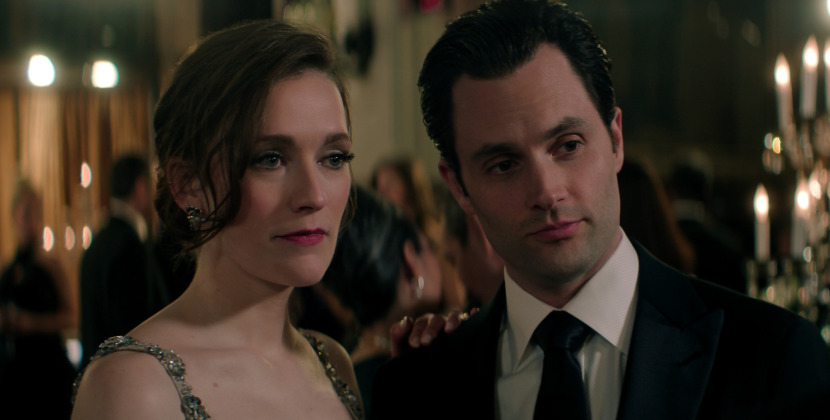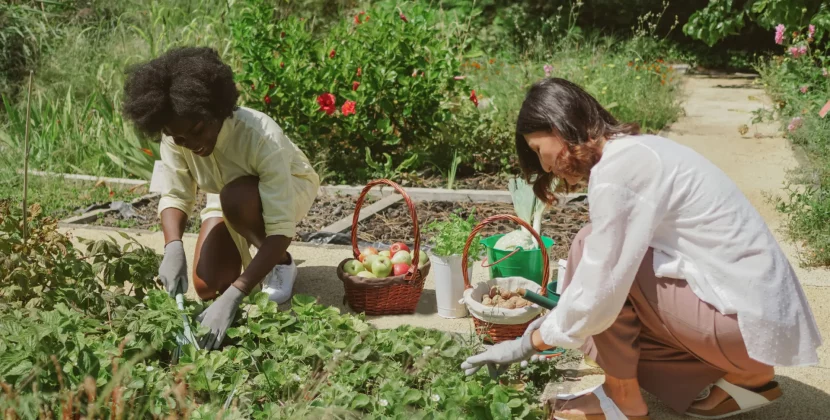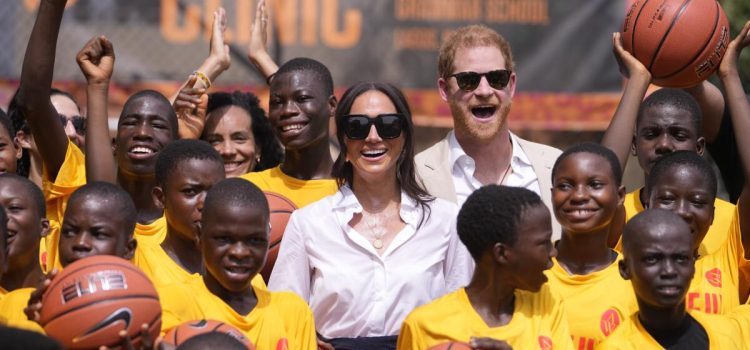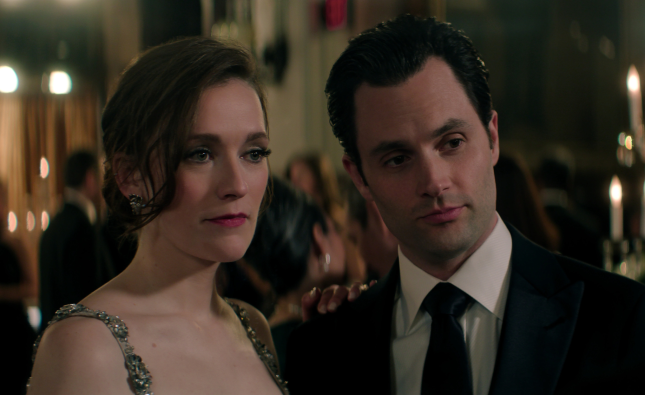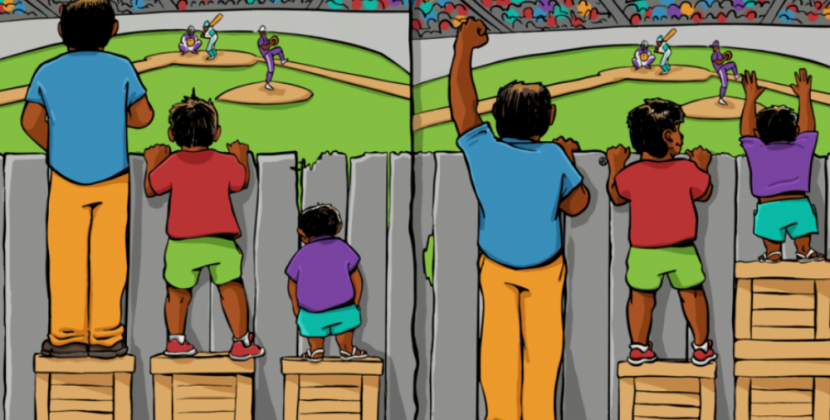
Nigeria, a country rich in culture and diversity, has long been known for its vibrant fashion and dynamic dancing styles. As the largest city in Nigeria, Lagos serves as a melting pot of these cultural expressions, drawing influences from various ethnic groups across the nation. The recent visit of Prince Harry and Meghan Markle, the Duke and Duchess of Sussex, to Lagos has once again brought the spotlight onto Nigeria’s fashion and dancing scenes. This article explores the significance of Nigeria’s fashion and dancing styles, the impact of the royal visit, and highlights the cultural exchange that occurs on such occasions.
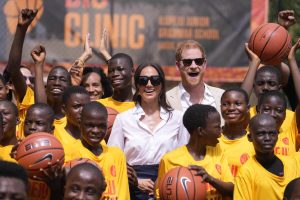
Nigeria’s Fashion Scene
Nigeria’s fashion scene is a vibrant tapestry woven from traditional fabrics, modern designs, and global influences. The country’s diverse ethnic groups each contribute their unique styles, patterns, and techniques to the rich tapestry of Nigerian fashion. From the colorful Ankara prints to intricately woven Aso Oke fabric, Nigerian fashion reflects the country’s cultural heritage and creativity. Designers in Lagos, such as Lisa Folawiyo and Mai Atafo, have gained international recognition for their innovative designs, blending traditional elements with contemporary aesthetics.
Dancing Styles of Nigeria
Dance is an integral part of Nigerian culture, serving as a form of expression, celebration, and storytelling. The country boasts a wide array of traditional dances, each with its own unique movements, rhythms, and significance. From the energetic beats of the Afrobeats to the graceful steps of the Ekombi dance, Nigerian dancing styles vary across regions and ethnic groups. In Lagos, dance forms such as the Shaku Shaku and Zanku have gained popularity, especially among the youth, blending traditional and modern elements to create dynamic performances.
The Impact of Royal Visits
The visit of Prince Harry and Meghan Markle to Lagos has provided a platform to showcase Nigeria’s fashion and dancing styles on the global stage. The royal couple’s interest in cultural exchange and their appreciation for diversity have helped shine a spotlight on the richness of Nigerian culture. Through their engagements with local artisans, designers, and dancers, Harry and Meghan have fostered connections and promoted cross-cultural understanding. Their visit has also generated significant media attention, amplifying the visibility of Nigerian fashion and dancing styles to a global audience.
Cultural Exchange and Collaboration
The royal visit has facilitated cultural exchange and collaboration between Nigeria and the international community. Through engagements with local artisans, designers, and dancers, Prince Harry and Meghan Markle have not only showcased Nigerian culture but have also fostered partnerships and opportunities for mutual learning. Collaborations between Nigerian designers and international fashion houses have become increasingly common, leading to cross-pollination of ideas and styles. Similarly, dance collaborations between Nigerian artists and performers from around the world have helped to showcase the universality of dance as a form of expression.
Economic Opportunities and Tourism
The spotlight on Nigeria’s fashion and dancing styles during the royal visit has also brought attention to the economic opportunities and tourism potential of the country. The fashion industry in Nigeria is a significant contributor to the economy, providing employment opportunities and driving growth in related sectors such as textiles and retail. Additionally, the cultural richness and vibrant arts scene, including dance performances and festivals, have the potential to attract tourists from around the world. The exposure garnered during the royal visit can serve as a catalyst for further investment in the fashion and tourism sectors, contributing to Nigeria’s economic development and global presence.
Analysis Table:
| Aspect | Description |
|---|---|
| Diversity of Influence | Nigerian fashion draws inspiration from various ethnic groups, resulting in a rich tapestry of styles and patterns. |
| Global Recognition | Designers like Lisa Folawiyo and Mai Atafo have gained international acclaim, elevating Nigeria’s fashion industry onto the global stage. |
| Cultural Significance | Dance forms in Nigeria serve as a means of cultural expression and celebration, reflecting the country’s diverse heritage. |
| Modern Adaptations | Contemporary dance styles like Shaku Shaku and Zanku blend traditional elements with modern influences, appealing to younger generations. |
| Impact of Royal Visit | The visit of Prince Harry and Meghan Markle has provided a platform to showcase Nigerian culture and foster cross-cultural exchange on a global scale. |
Comparative Table:
| Aspect | Nigerian Fashion | Dancing Styles of Nigeria |
|---|---|---|
| Influence | Blend of traditional, modern, global | Reflective of regional, ethnic traditions |
| Creativity | Innovative designs, bold patterns | Varied movements, rhythmic expressions |
| Representation | Diverse range of designers, styles | Wide array of traditional and modern dances |
| Cultural Significance | Reflects cultural heritage | Celebrates cultural diversity |
| Global Reach | Increasing international recognition | Growing popularity among global audiences |
Conclusion
Nigeria’s fashion and dancing styles have taken center stage as Prince Harry and Meghan Markle visited Lagos, the country’s largest city. The visit has not only highlighted the creativity and cultural richness of Nigerian fashion and dance but has also provided an opportunity for cross-cultural exchange and appreciation. As Nigeria continues to make its mark on the global stage, its fashion and dancing styles serve as vibrant expressions of its heritage and identity.

